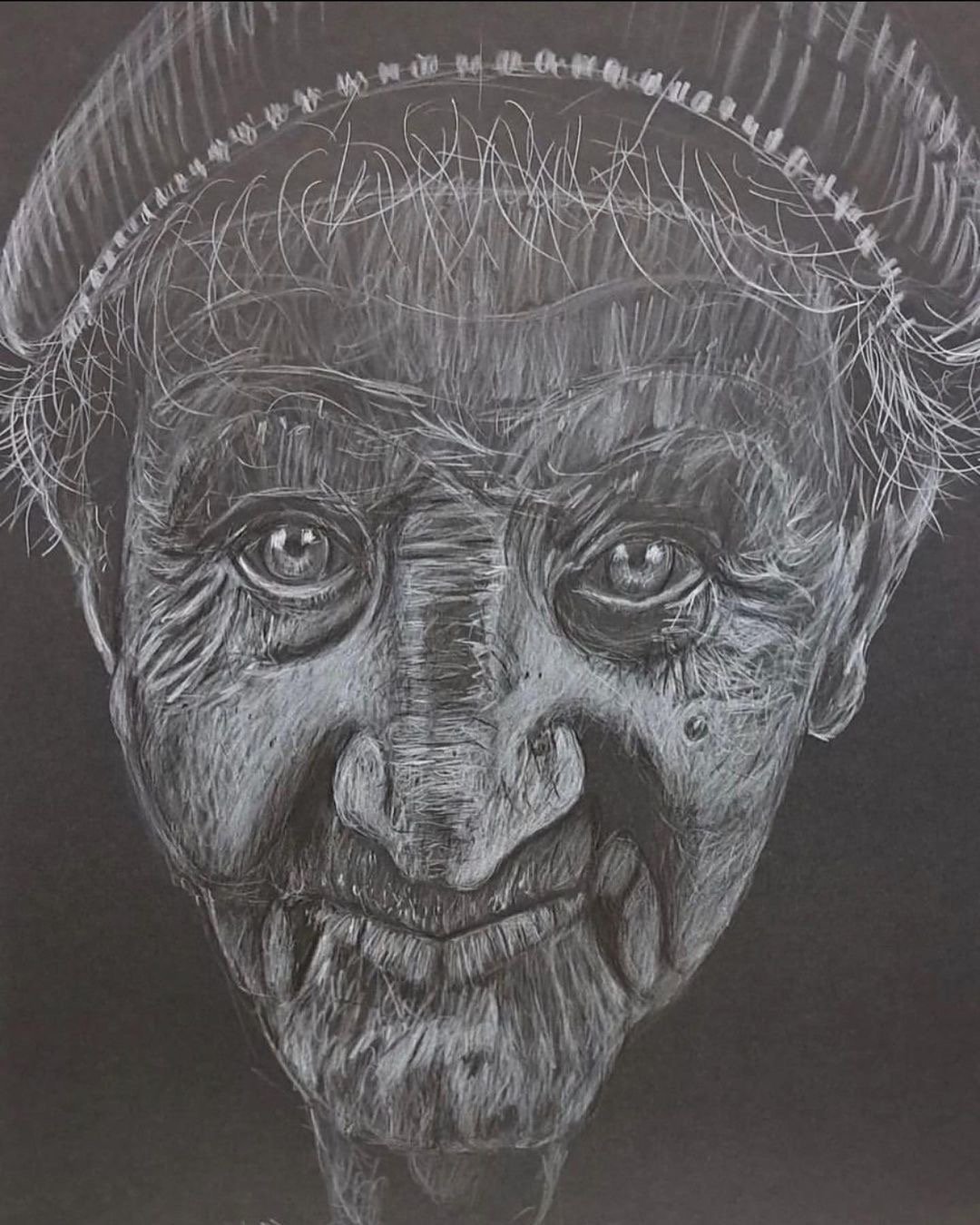ARTXV is Decentralizing Opportunity for the Neurodivergent Through NFTs
ARTXV was the first disability community in web3; helping disabled folks onboard into web3 with one of their initiatives focused on getting artist work displayed across Times Square.

For the non-verbal, art is a way of communication. It’s a platform to share one’s voice, a window to the soul and psyche. Some of the best artists are unknown to the world, and this does a disservice not only to the creators but also our culture.
Ava Halvai experienced this first-hand, when she discovered the abstract art of her autistic non-verbal sister, during lockdown in London. Halvai took her sister’s work to traditional art organizations which was well-received, until they found out she was autistic. The high-brow art scene quickly dismissed her as a legitimate artist, and soon found this was the standard experience for disabled creators.
Encouraged to look into NFTs, Halvai looked past the narrative of them being a novelty, and discovered a space of great opportunity and community. Halvai launched ARTXV as a platform to celebrate the unique art by disabled people, “the world was missing out on.” ARTXV became the first web3 organization for the disabled community and within two years, this artwork was displayed across Times Square and became the cover art for tickets to NFT London.
ARTXV works with brands who want to launch NFT projects, providing the disabled creatives and connection to the community. It’s not just about the artwork, but the artists themselves, and how the disability influences their work. Google Arts and Culture, who usually works with large institutions such as the MET, invited Halvai to lead an initiative on neurodivergent artists, which became the first NFT project on the platform.
“The Power of Neurodiversity was a big project on what neurodiversity means to them, how it influences their art and how NFTs have brought it to life. We interviewed 15 artists, hosted online galleries, and were the first project for Google Arts and Culture featuring disabled people,” Halvai said.
“For my sister, it’s been so impactful for her career. I don’t think there are many other industries where you can get that far just by being willing and present. She’s now got Google Arts and Culture, Times Square, NFTNYC, NFT London and TedX on her resume. The ability was always there, it’s just a lack of opportunities and accessibility. I’ve seen a taste of it with web3,” she added.
While web3 offers opportunities to the disabled community that previous technology hasn’t been able to achieve, Halvai believes we still have a long way to go.
The world’s largest minority
The global disabled community is one billion people, and growing. “People are living longer and it’s the only minority group where anyone can enter, at any time. There’s a British study that found two out of three respondents admitted they feel awkward around disabled people,” Halvai said.
Much of real life still isn’t accessible for the disabled. In terms of the art space, there’s physical and institutional accessibility limitations, Halvai said. Disabled people can’t access art galleries, and many can’t easily fill out the lengthy application forms. “Web3 presents itself as this new world, and there’s plenty of exciting avenues to explore within it,” she said.
To achieve a truly inclusive internet, we need to build new products with accessibility at its core, not as an afterthought. “It’s very nice to say everyone is welcome, but if people are not literally able to use it, what’s the point?”
There’s a distinction between inclusion and accessibility that we need to keep front and center as we build new infrastructure for a better world. For humanity to realize this, we must make room for the one billion of us who see the world differently. Art has always been a vessel for beauty and social change. Truly opening up the world and the pockets of society we don’t often see, could just be web3’s legacy.




